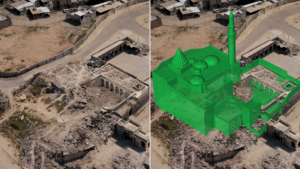The project at a glance
-
Start date:01 Mar 2022
-
Duration in months:36
-
Funding:IAS
-
Principal Investigator(s):Stéphane BordasAndrea Binsfeld
Organisation and Partners
- Department of Humanities
- Faculty of Humanities, Education and Social Sciences (FHSE)
- Institute of History
Project team
-
Stéphane Bordas
-
Andrea Binsfeld
-
Juan Francisco Aguilar Kons
